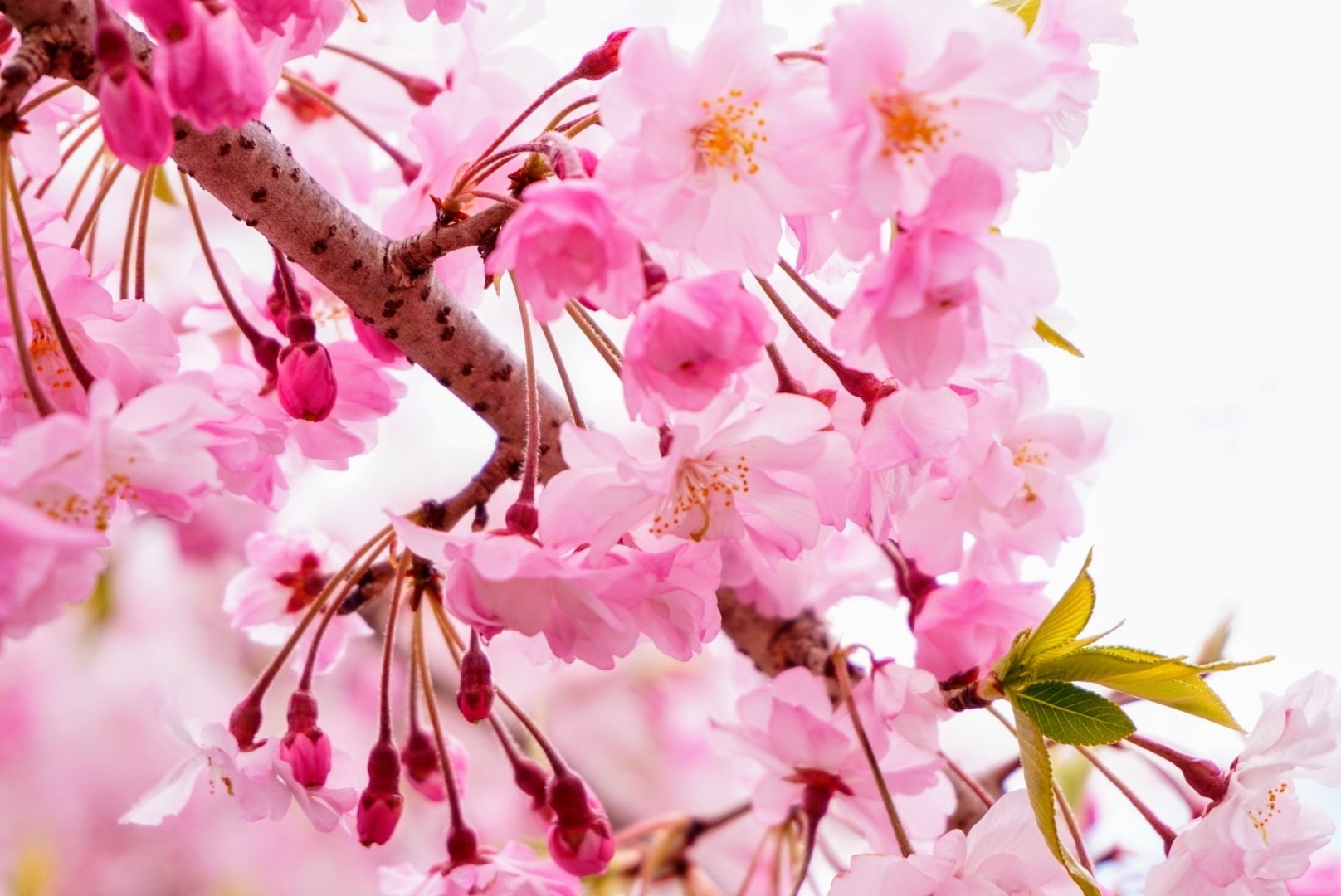The Magic of Vernal Equinox Day
The Vernal Equinox is an astronomical event that marks the beginning of spring in the Northern Hemisphere. Occurring around March 20th or 21st each year, this special day holds both scientific and cultural significance as it represents a time of renewal, growth, and the return of longer, warmer days.

Understanding the Science Behind the Vernal Equinox
The Vernal Equinox occurs when the Earth’s tilt is neither towards nor away from the Sun, resulting in nearly equal day and night across the globe. This event happens twice a year, with the autumnal equinox occurring around September 22nd or 23rd in the Northern Hemisphere. As the Earth continues its orbit around the Sun, the days become longer, and the nights shorter, leading to warmer temperatures and the arrival of spring.
Historical and Cultural Significance of the Vernal Equinox
Throughout history, the Vernal Equinox has been celebrated and revered by various cultures for its symbolic representation of renewal and rebirth. Some well-known festivities and traditions include:
- Nowruz: This ancient Persian festival celebrates the New Year, coinciding with the Vernal Equinox. It is a time for feasting, gift-giving, and spending time with family and friends.
- Ostara: In Pagan traditions, Ostara is a spring festival that honors the goddess of the dawn, Eostre. Rituals and customs include egg decorating, planting seeds, and celebrating the rebirth of nature.
- Higan: In Japan, Higan is a Buddhist observance that occurs during both the Vernal and Autumnal Equinoxes. It is a time for visiting family graves, paying respects to ancestors, and reflecting on one’s own actions and thoughts.
Celebrating Vernal Equinox Day: Activities and Traditions
Embrace the spirit of the Vernal Equinox with these activities and traditions:
- Spend time outdoors: Welcome the arrival of spring by spending time in nature, observing the budding plants and blooming flowers.
- Plant a garden: Start a new garden or add to an existing one, planting seeds that will grow and flourish throughout the season.
- Create seasonal crafts: Get creative by making spring-themed crafts, such as decorating eggs, creating flower arrangements, or painting landscapes inspired by the season.
- Participate in cultural festivities: Learn about and partake in the cultural celebrations and traditions associated with the Vernal Equinox from around the world.
FAQs: Common Questions about the Vernal Equinox
Q: What is the Vernal Equinox?
A: The Vernal Equinox is an astronomical event that marks the beginning of spring in the Northern Hemisphere, occurring when the Earth’s tilt is neither towards nor away from the Sun.
Q: When does the Vernal Equinox occur?
A: The Vernal Equinox typically occurs around March 20th or 21st each year.
Q: Why is the Vernal Equinox significant?
A: The Vernal Equinox is significant as it represents the beginning of spring, a time of renewal, growth, and longer, warmer days.
Q: How is the Vernal Equinox celebrated around the world?
A: The Vernal Equinox is celebrated through various cultural festivals and traditions, such as Nowruz.
